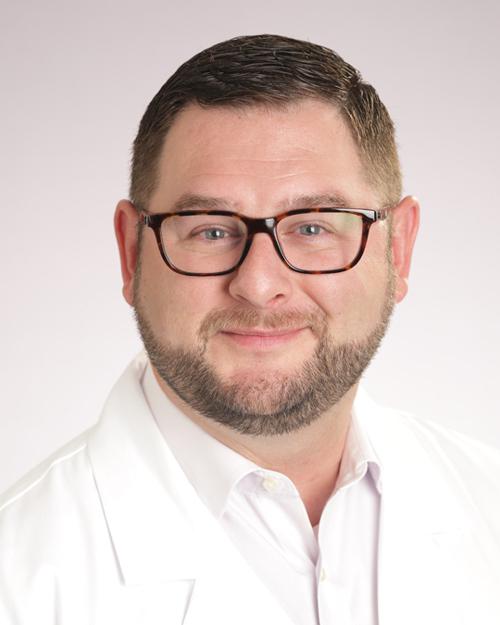
An innovative procedure at Norton Orthopedic Institute provides precise, computer-assisted guidance to surgeons performing knee replacement for patients with atypical bone structure.
Those atypical anatomies can include scarring from prior surgery, a congenital condition or damage from injury.
“Those surgeries are more complex than your typical knee replacement, because even though those patients healed from those prior incidents, their anatomy or typical limb alignment was distorted,” said Joseph W. Greene, M.D., orthopedic surgeon with Norton Orthopedic Institute.
Refer a patient
To refer a patient to Norton Orthopedic Institute, use our:
Online form
Tools used in traditional knee replacements that guide surgeons in the placement of the implant are designed with typical anatomy in mind.
“With those more complex cases, the tools used in traditional knee replacements don’t match up to the anatomy of someone with altered anatomy (or relatively crooked bones), so in the past we were left with a lot of guesswork,” Dr. Greene said.
Sensors attached to the new joint allow surgeons at Norton Orthopedic Institute to help patients in need of knee replacements. The sensors detect the exact, often very unique, anatomy of the patient.
Precision allows for a more comfortable knee replacement
Any patient or surgeon wants precision, but in the case of orthopedic implants, proper alignment of the new joint is critical to the success and longevity of the implant. The implant needs to line up perfectly with the patient’s body alignment and move fluidly. A properly aligned joint fits within the patient’s anatomy and makes the implant feel like a more natural joint.
The new iASSIST system at Norton Orthopedic Institute measures subtle movements — down to 1 degree — to ensure the joint is aligned properly.
“Studies have shown that if you put your implant in at an angle, it causes early loosening of implants and can fail,” Dr. Greene said. “With this technology we can eliminate a lot of those risks, which is a huge win, because at the heart of what we do as surgeons is making people better.
“Our whole goal as orthopedic joint replacement specialists is to improve patients’ quality of life through recreating a better functioning, natural feeling joint. This computer-assisted surgical technique helps us tremendously with that goal. “

